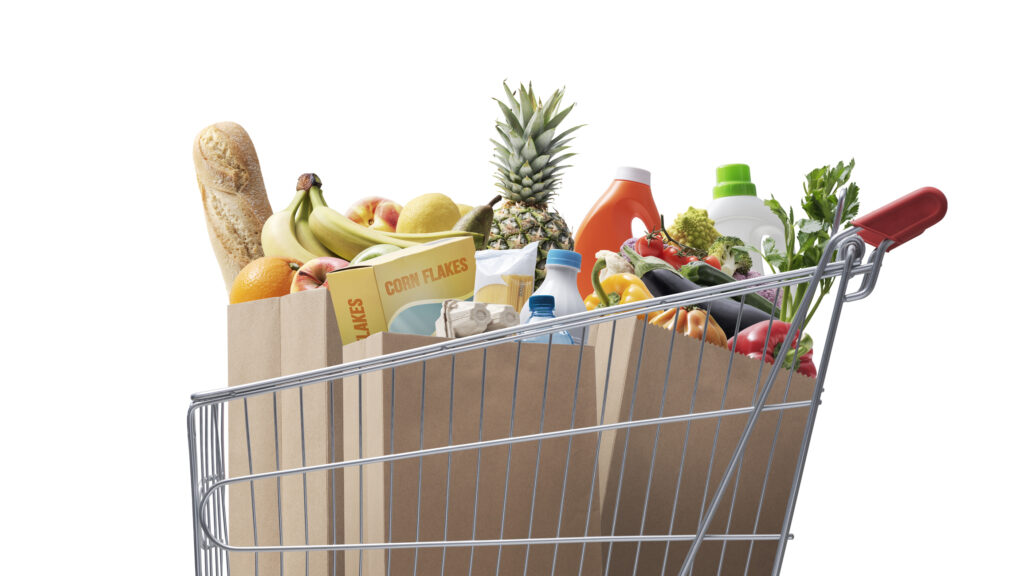Do you wish that your grocery bill wasn’t as high as it currently tends to be? The price of groceries can certainly add up quickly, especially if you aren’t making a conscious effort to reduce costs where you can. Today we will discuss some tips to lower your grocery bill and make your meal plan more cost effective.

Buy in bulk or stock up when things are on sale
Buying items in bulk makes the unit price cheaper, so if there is a certain ingredient that you know you will use a lot of, it will be cheaper overall to buy in bulk. Also, if you stock up on certain grocery items when they are on sale, this will lower the overall amount of money you spend on groceries in the long run. This can be hard for some people to do depending on their financial situation, but if you have the means to buy in bulk, or buy extra of a certain item when you see it on sale, this will lower the overall cost you’re spending on groceries. For example, if meat is on sale one week, you can buy extra and freeze it until you will use it. Things like grains and legumes that have a longer shelf life are easy to store in your pantry. While grocery items like fresh produce won’t last as long, you could opt to meal prep and store pre-chopped veggies in the freezer until you will use them.
Opt out of adding free foods to your meals
Since the free food list in recipes is optional, you can simply skip the free foods in recipes to help to lower your grocery bill. Or, if you don’t have an herb or spice that is listed as a free food, you can use one that you already have at home to add flavor to the meal. Just be sure that you are including all of the primary ingredients, or making an appropriate swap to ensure you are reaching your calorie and macro goals for that meal.

Take advantage of the swap features in the app
Using the swap features on the app can save you money in a few ways. If you already have certain ingredients at home that you need to use up, you can swap in a recipe that utilizes them, or just do an individual ingredient swap. For example, if you have some zucchini and a few heads of broccoli sitting in your fridge, you can swap those vegetables in for the other vegetables that are on the ingredient list of a recipe. This way, you can utilize what you already have, and you save money that week by not having to buy extra vegetables for that meal. Or, if you have some corn tortillas leftover in a package from the week before, you could swap in a taco recipe. This will also help ensure that food you previously bought isn’t going to waste. Also, if your recipe is calling for an ingredient that tends to be on the more expensive side, you can swap it for an ingredient that is typically cheaper. For example, you can buy a big bag of carrots for just a few dollars, and this can last you many meals. Or, you can swap for a different protein source that is less expensive than what a recipe initially calls for.

Consider shopping at a different grocery store
If you only ever shop at one specific grocery store, you may be spending more money than you need to on certain items. If you shop around and pay attention to the prices, you will begin to notice what stores have a cheaper price for certain go-to items that you buy frequently. Also, there may be a week where one particular grocery store has a certain item on sale when other stores don’t. If you take a look at the weekly ads for different grocery stores and take note of weekly sales, you can plan your shopping trip around the deals.
